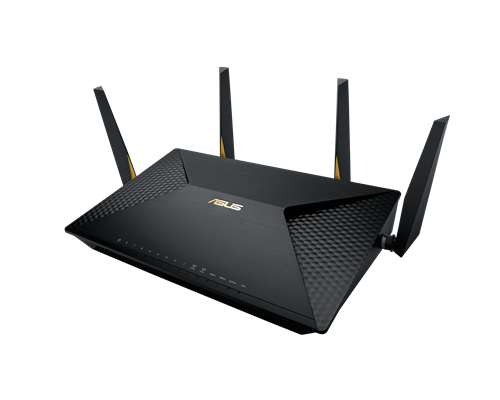How to Connect Two Routers Together to Boost Your Wi-Fi

Are you experiencing slow internet speeds or dead spots in certain areas of your home or office? One potential solution to this problem is to connect two routers together in order to boost your Wi-Fi signal. By doing this, you can extend your Wi-Fi range, increase your internet speed, and ensure reliable connectivity throughout your home or office.
To connect two routers together, there are two main approaches you can take: wireless and wired. The wireless method involves using the wireless signal from one router to connect to the other, while the wired method involves using an ethernet cable to physically connect the two routers.
Wireless Method:
Step 1: Identify your primary router that is already connected to the modem and functioning properly. This will be the router that is connected to the internet service provider (ISP).
Step 2: Choose a secondary router that you wish to use as a Wi-Fi extender (also known as a repeater or booster). Ensure it is compatible with the primary router and has the same Wi-Fi standard as the primary router (such as 802.11n, 802.11ac, or 802.11ax).
Step 3: Place the secondary router in a region where the Wi-Fi signal is still strong and stable, but where the signal does not reach all areas of your home or office.
Step 4: Connect your computer to your secondary router using an ethernet cable or through Wi-Fi.
Step 5: Open your web browser and enter the local IP address of your secondary router. This can be found on the router label or documentation.
Step 6: Enter the username and password to access the configuration page of the router.
Step 7: Look for the “Wireless” or “Wireless Settings” option in your router’s configuration page.
Step 8: Under “Wireless”, look for the option labeled “Wireless Repeater” or “Range Extender”. Click on it and activate it.
Step 9: Choose your primary router’s Wi-Fi network name (SSID) from the list of available networks and then enter the primary router’s password.
Step 10: Save the settings.
Wired Method:
Step 1: Identify your primary router that is already connected to the modem and functioning properly. This will be the router that is connected to the internet service provider (ISP).
Step 2: Choose a secondary router that you wish to use as a Wi-Fi extender (also known as a repeater or booster). Ensure it is compatible with the primary router and has the same Wi-Fi standard as the primary router (such as 802.11n, 802.11ac, or 802.11ax).
Step 3: Place the secondary router in a region where the Wi-Fi signal is still strong and stable, but where the signal does not reach all areas of your home or office.
Step 4: Connect the primary router and the secondary router using an Ethernet cable. One end of the Ethernet cable should be connected to the LAN port of the primary router, while the other end should be connected to the WAN or internet port of the secondary router.
Step 5: Connect your computer to the secondary router.
Step 6: Open your web browser and enter the local IP address of your secondary router. This can be found on the router label or documentation.
Step 7: Enter the username and password to access the configuration page of the router.
Step 8: Look for the “Wireless” or “Wireless Settings” option in your router’s configuration page.
Step 9: Under “Wireless”, look for the option labeled “Wireless Repeater” or “Range Extender”. Click on it and activate it.
Step 10: Choose your primary router’s Wi-Fi network name (SSID) from the list of available networks and then enter the primary router’s password.
Step 11: Save the settings.
In conclusion, connecting two routers together can provide an easy and cost-effective way to increase the range and performance of your Wi-Fi network. Whether you choose to connect your routers wirelessly or via an Ethernet cable, extending your Wi-Fi coverage can help ensure reliable internet access throughout your home or office.




